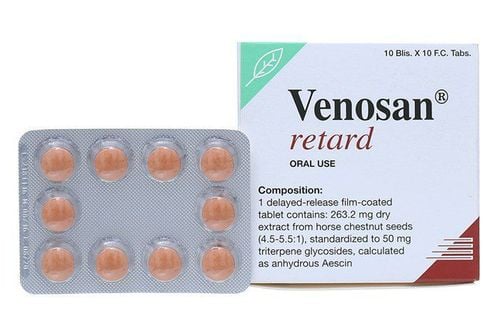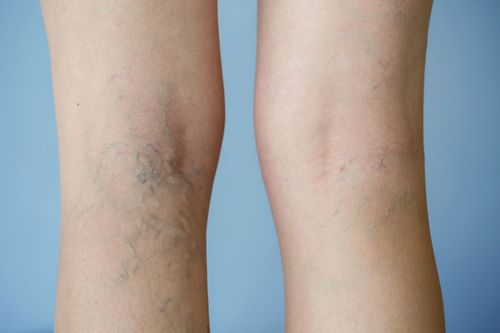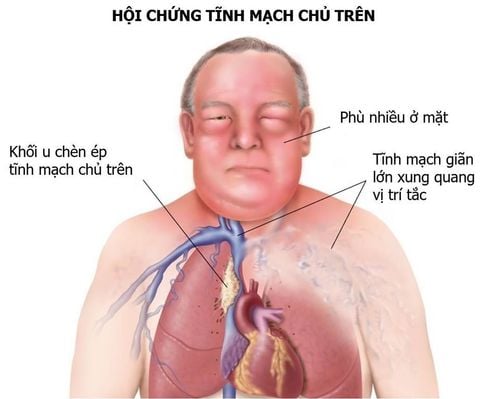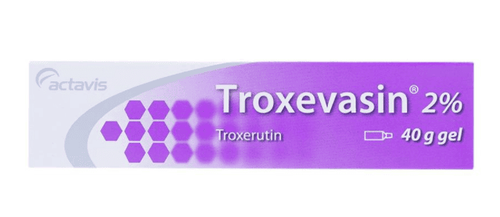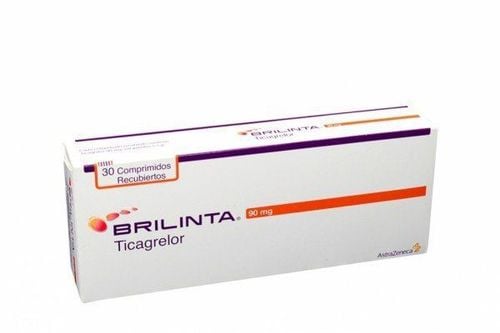This is an automatically translated article.
The article is professionally consulted by Master, Doctor Cao Thanh Tam - Cardiologist - Cardiovascular Center - Vinmec Central Park International General Hospital.According to statistics, in the world, deep vein insufficiency accounts for a relatively high proportion of the population and tends to increase gradually with age. The disease needs to be detected and treated early, because the complications of the disease can be life-threatening.
1. What is deep venous insufficiency?
The lower extremity venous system is divided into three categories: deep veins, superficial veins, and oblique veins. Deep veins are normally located in muscles invisible to the naked eye and work to return blood to the heart. Deep venous insufficiency is a condition in which the deep vein system's function to return blood to the heart is impaired, resulting in stagnant blood not circulating as it should.Normally for veins to bring blood back to the heart without backflow phenomenon, the structure of veins has a valve system. The function of the venous valve is to move blood in a certain direction. Due to certain reasons, it leads to the abnormal operation of the venous valve, causing the blood to back up, causing stagnation of venous blood circulation and increasing venous pressure, which gradually leads to chronic venous insufficiency. count .
Deep venous insufficiency can occur in any vein in the body, but most commonly occurs in the leg veins due to the long leg vein system, complicated structure and often requires under great pressure.
2. Causes of deep varicose veins
Heredity: This is the main cause; Due to congenital venous valve defects; Increased venous pressure due to habit of standing or sitting for a long time, pregnancy;
3. Signs of deep vein valve failure
3.1 Early stage Usually at this stage the symptoms are very faint, unclear, difficult to detect, so patients are often subjective and ignore it. Possible signs in this stage include:Discomfort in the calf, fatigue, pain, heaviness in the leg, increasing when standing for a long time, sometimes there are sensations of crawling, burning; Cramps and numbness in the calf often occur at night; Swelling around the ankles, evident at night; May be accompanied by superficial varicose veins, see the superficial veins in the legs are zigzag; Symptoms increase in the evening, after standing for a long time and decrease after getting up, after resting, elevating legs, applying cold compresses... 3.2 Later stage Deep vein thrombosis causes symptoms: Legs are hot, red, swollen, painful, itchy, possibly bleeding, secondary infection. The case of deep vein thrombosis can be life-threatening because the thrombus can detach and travel up to the lungs causing pulmonary embolism; Foot dystrophy: The skin is edematous, thickened, possibly scaly, watery, and discolored; Foot ulcers: Very painful sores appear, initially shallow ulcers then deepen and widen, easy to be infected with bacteria.
4. Is deep varicose veins dangerous?
Usually in the early stages, deep vein insufficiency is not life-threatening but only causes discomfort, pain, and interferes with daily activities.However, if not detected and treated early, it can cause complications affecting the quality of life and patient's life such as:
Formation of deep vein thrombosis, causing local or systemic embolism blood returns to the heart and causes thromboembolic complications, the most dangerous is pulmonary embolism, cerebral infarction, the risk of death is very high; Chronic pain and leg ulcers; Hemorrhage from a ruptured vein, usually from trauma.
5. How to treat deep varicose veins?
5.1 Medical treatment is the main treatment method to preserve the insufficiency of veins and limit the risk of complications. This method includes:Wear compression stockings, elastic: Wear continuously during the day to limit blood stagnation backflow, reduce edema;
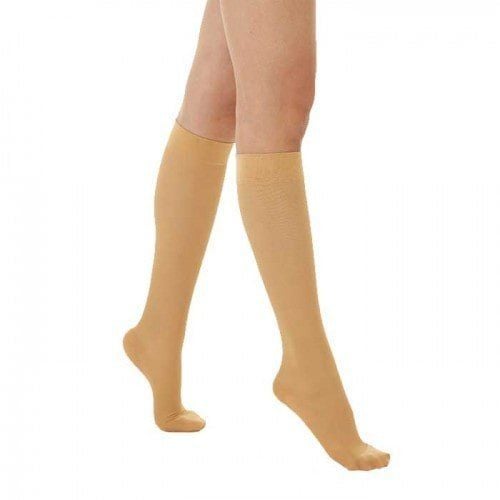
5.3 Surgery Removal of varicose veins, vein stripping, valve repair, percutaneous venoplasty....
5.4 Endovascular intervention by radiofrequency or laser New technology uses heat to burn varicose veins. , less pain, quick recovery and aesthetic assurance, can be used to replace the classic vein stripping surgery before.
5.5 Change living habits Change living habits to limit standing or sitting for a long time, increase exercise and sports; Change positions often, avoid standing for a long time and sitting a lot; Drink enough water, maintain a reasonable weight, eat a high fiber diet. Deep vein disease, if detected and treated early, will reduce the risk of dangerous complications. Therefore, when you notice the symptoms of the disease, it is important to see a doctor for early diagnosis and treatment. Thanks to medical advances, the treatment of diseases is increasingly effective and helps patients recover quickly and return to daily activities soon.
Master - Doctor Cao Thanh Tam has many years of experience in the diagnosis and treatment of cardiovascular diseases; Performing transthoracic echocardiography in the field of internal medicine and interventional Cardiology; Perform other non-invasive functional investigations in the diagnosis and treatment of cardiovascular diseases. Currently working as a cardiologist at Vinmec Central Park International General Hospital since November 2015.
Please dial HOTLINE for more information or register for an appointment HERE. Download MyVinmec app to make appointments faster and to manage your bookings easily.





